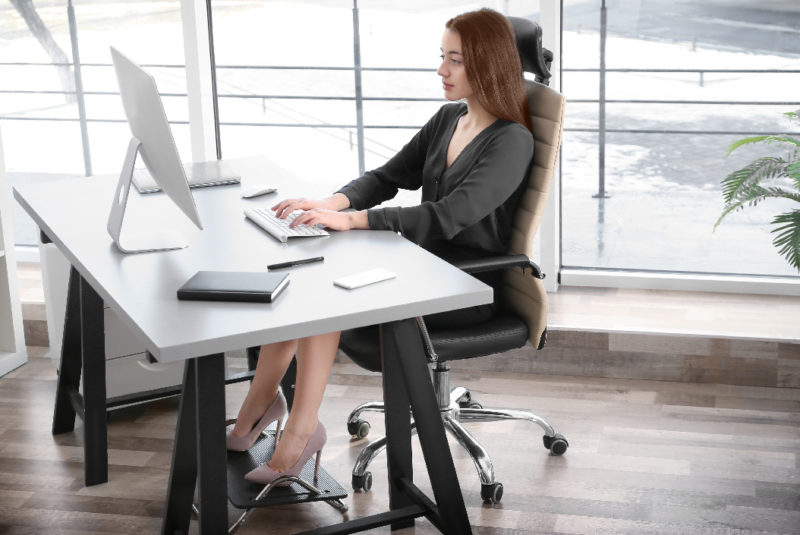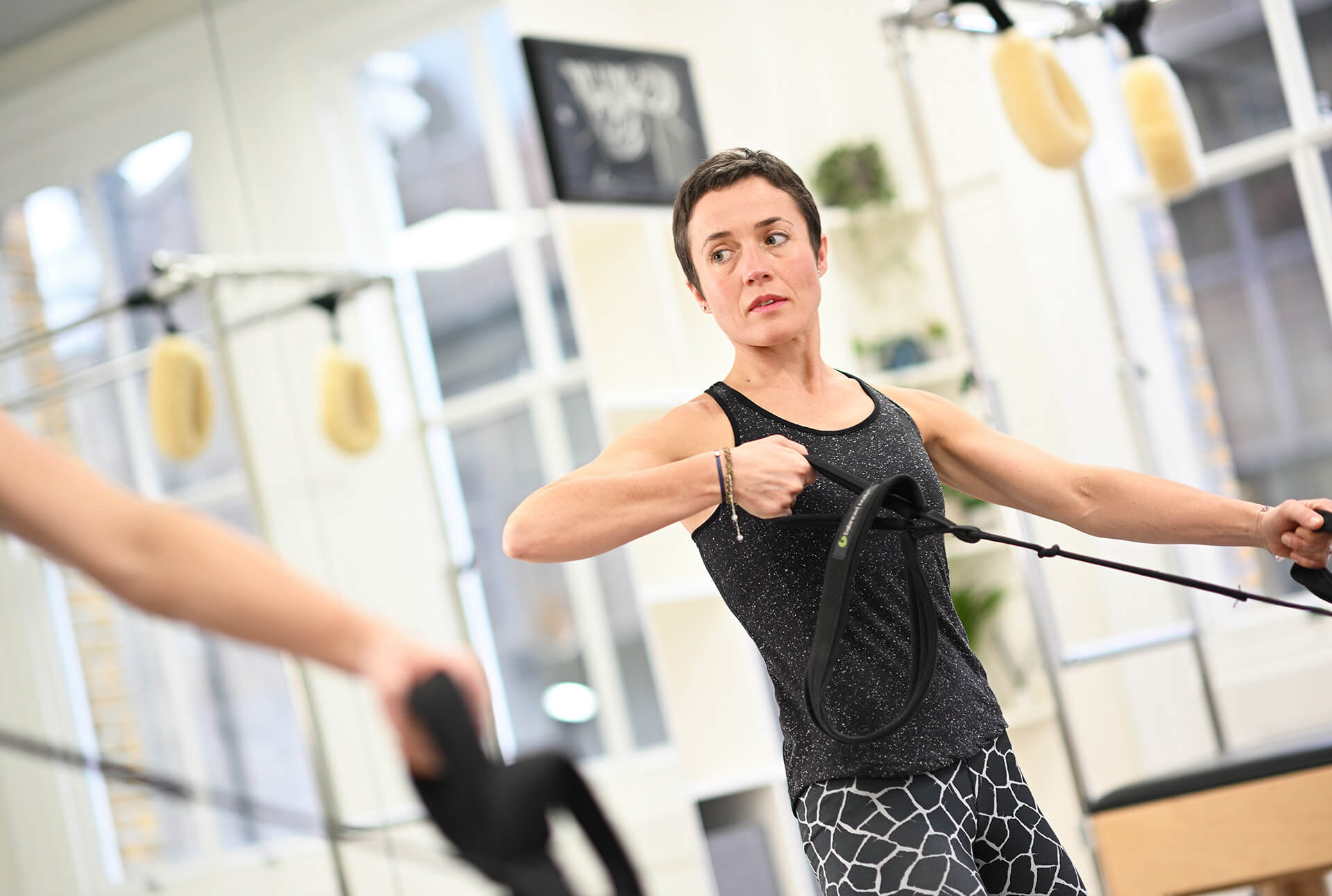In this blog, as part of our series on the Polestar Pilates principles, we are focusing on Principle 4 – Organisation of head, neck and shoulders and the benefits it brings to swimmers and divers.
The World Aquatics Championships in South Korea have just finished and got us thinking about this Polestar principle. Seeing the divers and swimmers in action shows us clearly the value of this alignment in sport and particularly swimming. But it is not only sports people who benefit from good alignment. In the current ‘head-down’ culture of phone and tablet use, the alignment of our head and neck are important in preventing problems from these prolonged postures.
Why is the positioning of our head, neck and shoulders important?
Our heads are heavy! The average weight of your head is around 5kg. This is the equivalent to 5 litres of water, which is a lot to carry around all day on top of your body! For us to be able to carry this weight, and still be able to turn, look at things, and use our arms effectively, it must be well aligned.
We have 26 muscles in the neck. Most of these muscles pass between the bones of the shoulder girdle or spine and our skull. As we learnt in the earlier Polestar principles, for muscles to work effectively we need to have good alignment. If our head is not in good alignment with the rest of our spine, it will have a knock-on effect on the neck and shoulders and will reduce the quality, range and strength of our movements (and vice versa!)
If the head is held out of alignment for long periods of time it can eventually become uncomfortable and can contribute to neck and shoulder pain and headaches. This makes sense if you imagine holding that 5kg weight for a long time. Eventually you will need to put it down or adjust its position!
What is the correct position for our head and neck?
The curves of our spine are designed to bear the load from the rest of our body evenly. The head should sit directly on top of these curves to take advantage of its efficiency. Due to posture and how we spend so much time sitting at a computer, driving and looking at our phones, it often sits further forwards than it should.
Top tip
Take a photograph of yourself in standing and sitting from the side at roughly eye height. Draw a line from your ear straight downwards. This line should go roughly through the middle of your shoulder, middle of your hip and knee and down into your ankle joint. If yours is not in line it is worth considering look at this as part of your Pilates or exercise program.
We also see differences in position from the front with the head tilted to one side or the other. This can often happen from regularly carrying bags on one side or from activities or sports which use a dominant side. Often this is not a problem but if you start to get neck pain or headaches this may be something that needs addressing as well. In this case you should be able to see this in the mirror and by looking at the height of your shoulders.

How can I practice this alignment?
There are some great quick exercises that you can practice at home to increase awareness of your head and neck position. Over time, the aim should be to have balanced muscles and strength in the neck and shoulders so that you can achieve this positioning whether you are lying, sitting, standing or performing a complex dive at the Word Aquatics Championships!
Awareness of your body is the first element, and this comes from seeing it in the mirror or a picture as mentioned above, and then trying to feel the movement and a change in your position. First try lying down on your back, as this is the easiest position where you don’t have to worry about controlling the rest of your body.
Try the exercises below to achieve your perfect head, neck and shoulder organisation;
- Lie on your back with your feet flat on the floor and your arms relaxed by your side. Imagine you are making the muscles at the back of your neck longer as you slightly nod your head bringing the chin closer to the chest. Repeat this 5 times.
- Repeat the position above and then turn the head from side to side. Feel the movement on each side and see if you can notice any differences, we sometimes find it easier to move to one side.
- Bring yourself onto all fours, ideally with a mirror to the side so that you can check your position. Repeat the movement of lengthening the back of the neck and nodding slightly so that your head is in line with the spine rather than dropping towards the floor or lifting above the spine. Maintain this position and reach one arm forwards. This works not only the neck but the shoulder postural muscles as well. Repeat this 5 times on each side.
- Lastly in sitting or standing repeat the head movement imagining that you aiming to have your head sitting directly over the spine. Sometimes it helps to imagine the head floating like a helium balloon so that it is light and can easily move back and up!
If you constantly find yourself stooped at your desk, get regular headaches or always get neck pain when working out, book a session to see what you can do to improve your posture.
Education is key:
These blogs are designed to give information to everyone, however, it is important to remember that everyone is different! If you have not seen one of our therapists and have any questions about injuries, what you have read or whether this may be useful to you, please just ask. We are more than happy to help anyone and point you in the right direction. Our biggest belief is that education is key. The more you understand about your injury, illness and movement, the more you are likely to improve.




